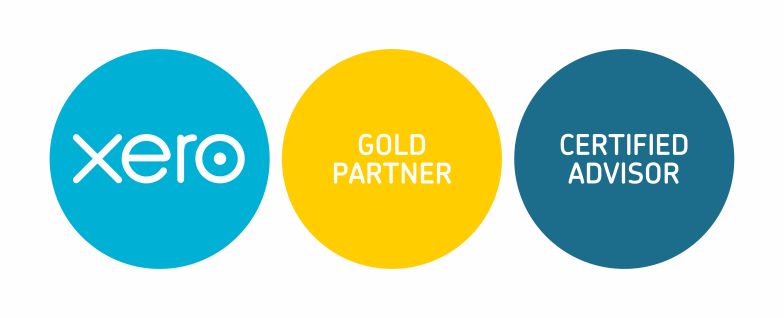
Planning the year ahead
The turn of the year usually prompts most people to think about some business planning for the year ahead. Here are some tips to make the planning more productive.
Get your team involved
Business planning works best when it’s a team effort. Involve your key staff and your advisors, such as your accountant, your mentor (if you have one), and others who can contribute meaningfully to the planning, such as an IT expert if you envisage a major website overhaul.
Ask people to bring their ideas to the planning meeting and try to hold the meeting away from the business to avoid getting caught up in daily activities.
Review your business
Start with a review of your business as it currently stands, focusing on three key questions:
What’s working well for us at the moment that we should continue doing?
What’s not − what should we drop or do less of?
What has the most business potential for the future?
Decide on changes
Your combined thinking may produce some required changes. For example, you may need to adapt your existing products and services, seek new markets or distribution channels, or change your business model entirely.
These changes are more likely to occur if there is consensus. Bear in mind that resistance often comes when people feel their comfort zones or their jobs are threatened. Address these issues right at the start.
Figure out capacity
Any changes will likely require some investment in new skills, new products or services, or other changes in capacity.
Get help from your accountant to complete a return on investment (ROI) analysis if you need new equipment or even new staff. You need to know how much extra business needs to be generated for a reasonable payback and also how the business can access the funds for the growth. For example, will you need a larger credit line or new capital?
Get everyone on board
Once you’ve established where you want to take the business, concentrate on the next 12 months. Set some end-of-year goals, and then work backwards to create the stepping stones that will take you there. Your role now is to get everyone on board by clearly communicating the plan to them.
Consensual goals are more motivating than imposed goals, so get at least your key staff involved in the goal setting. Immediate goals are easier to focus on than longer-term goals so make sure each person understands what is required from them this week, this month and this quarter.
Follow up
A major challenge with all business planning is that it is often done at the beginning of the year when optimism and motivation are high. However, these emotions can quickly fade as people get caught up in their daily activities and new projects.
Business goals won’t be taken seriously unless you set regular dates to review progress – such as every 90 days. Once people know that you will be calling them to account at these progress meetings, they will be more motivated keep your planning on track.







